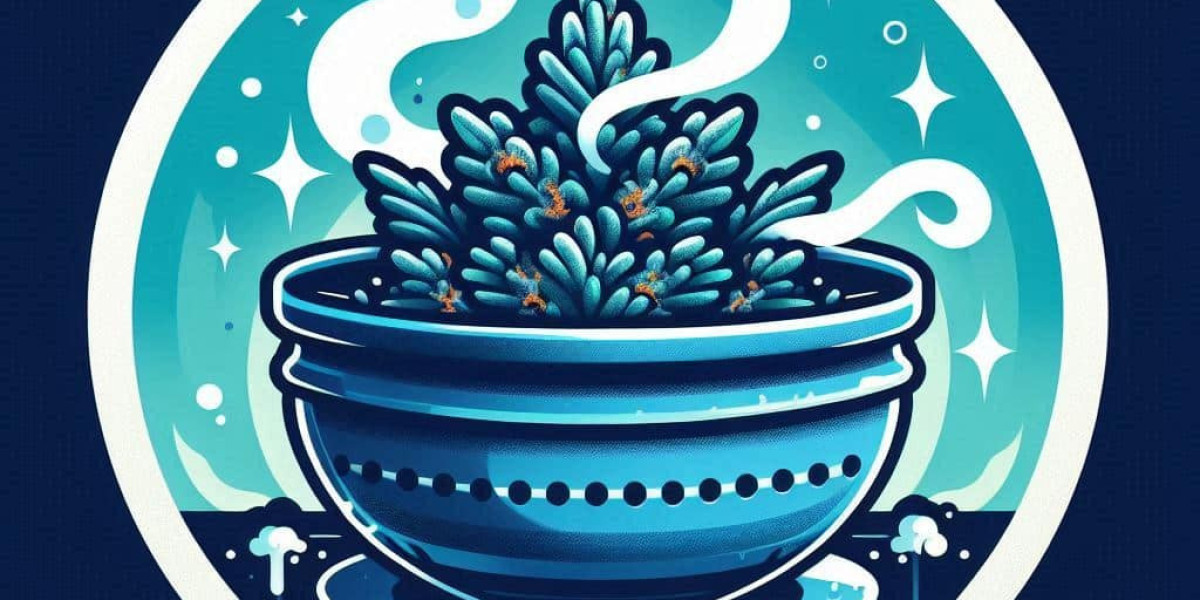Blue Dream is known for its balanced effects and fruity aroma, but to bring out its full potential, you need to start with the right foundation—quality soil.
Blue Dream is a hybrid strain that leans slightly toward the sativa side. It thrives in conditions that allow its roots to breathe and its nutrients to be absorbed efficiently. This means your soil should be well-draining, rich in organic matter, and slightly acidic to neutral in pH, ideally between 6.0 and 7.0.
One of the best soil types for Blue Dream is a loamy mix. Loam is a blend of sand, silt, and clay, offering a balanced texture that retains moisture while still allowing for proper drainage. This balance helps prevent root rot and other common issues associated with overwatering. Adding perlite or vermiculite to your soil mix can further improve aeration and drainage.
Organic matter is another key component. Compost, worm castings, and aged manure can all contribute to a nutrient-rich environment that supports vigorous growth. These organic inputs not only provide essential nutrients but also encourage beneficial microbial life, which plays a vital role in nutrient uptake and overall plant health.
Blue Dream also responds well to soils that include natural amendments like bat guano, bone meal, and kelp meal. These ingredients help support the plant through its various growth stages, from vegetative to flowering. During the flowering stage, phosphorus and potassium become especially important, so make sure your soil mix includes enough of these nutrients or be prepared to supplement accordingly.
If you're growing indoors, consider using a high-quality commercial potting mix designed for cannabis. These mixes often come pre-loaded with the right balance of nutrients and pH levels, making them a convenient option for beginners. However, always check the label to ensure it aligns with Blue Dream’s specific needs.
For outdoor growers, the native soil can be amended to suit Blue Dream. Conduct a soil test to determine its composition and pH, then adjust as needed with organic materials and pH modifiers. Raised beds or containers can also be used to maintain better control over soil conditions.
In conclusion, the success of your Blue Dream grow largely depends on the quality of your soil. A well-balanced, nutrient-rich, and properly aerated soil will give your plants the best chance to thrive. Whether you’re a first-time grower or an experienced cultivator, taking the time to prepare the right soil mix will pay off in the form of healthy plants and bountiful harvests.
For more information on Blue Dream seeds and growing tips, visit https://thebluedreamseeds.com.



